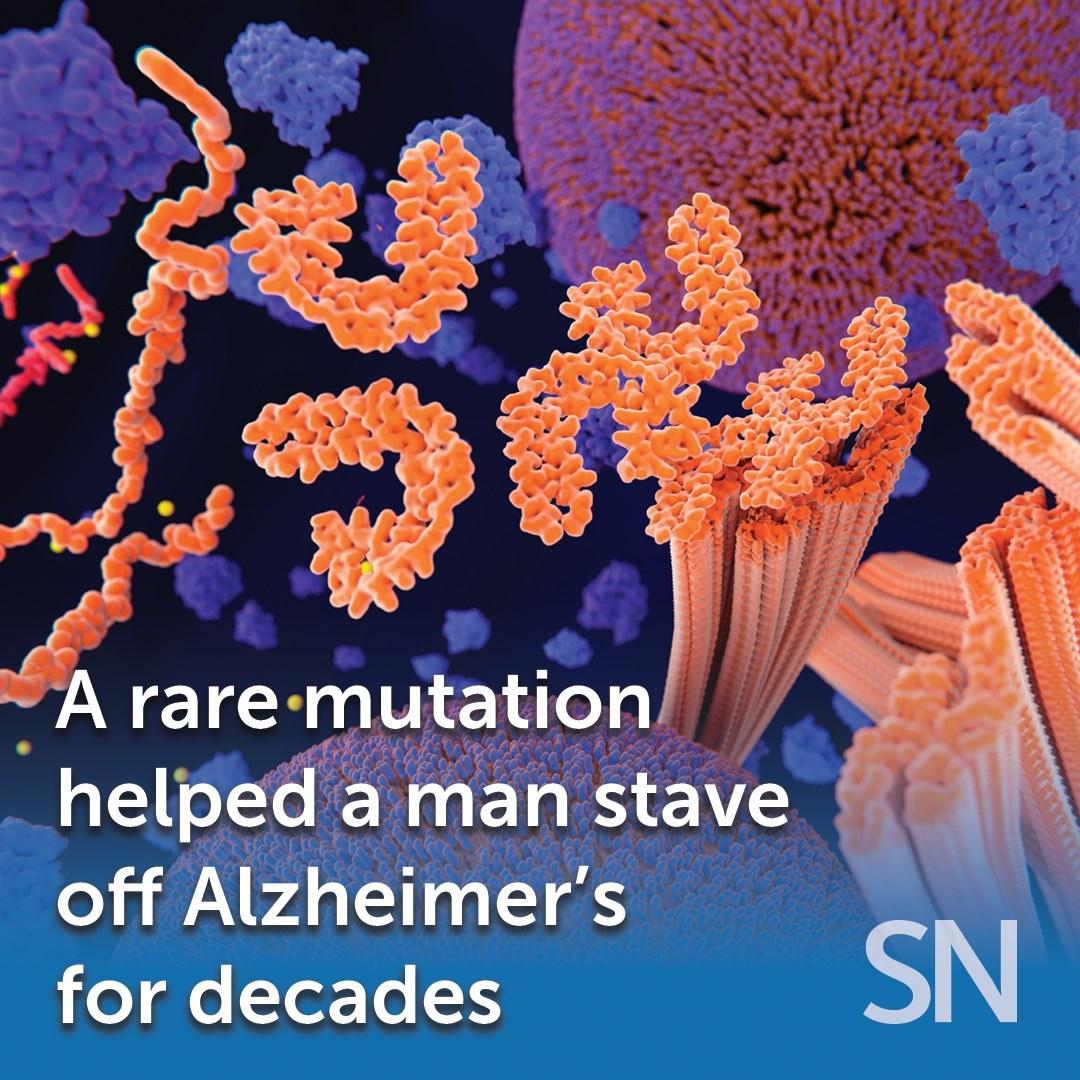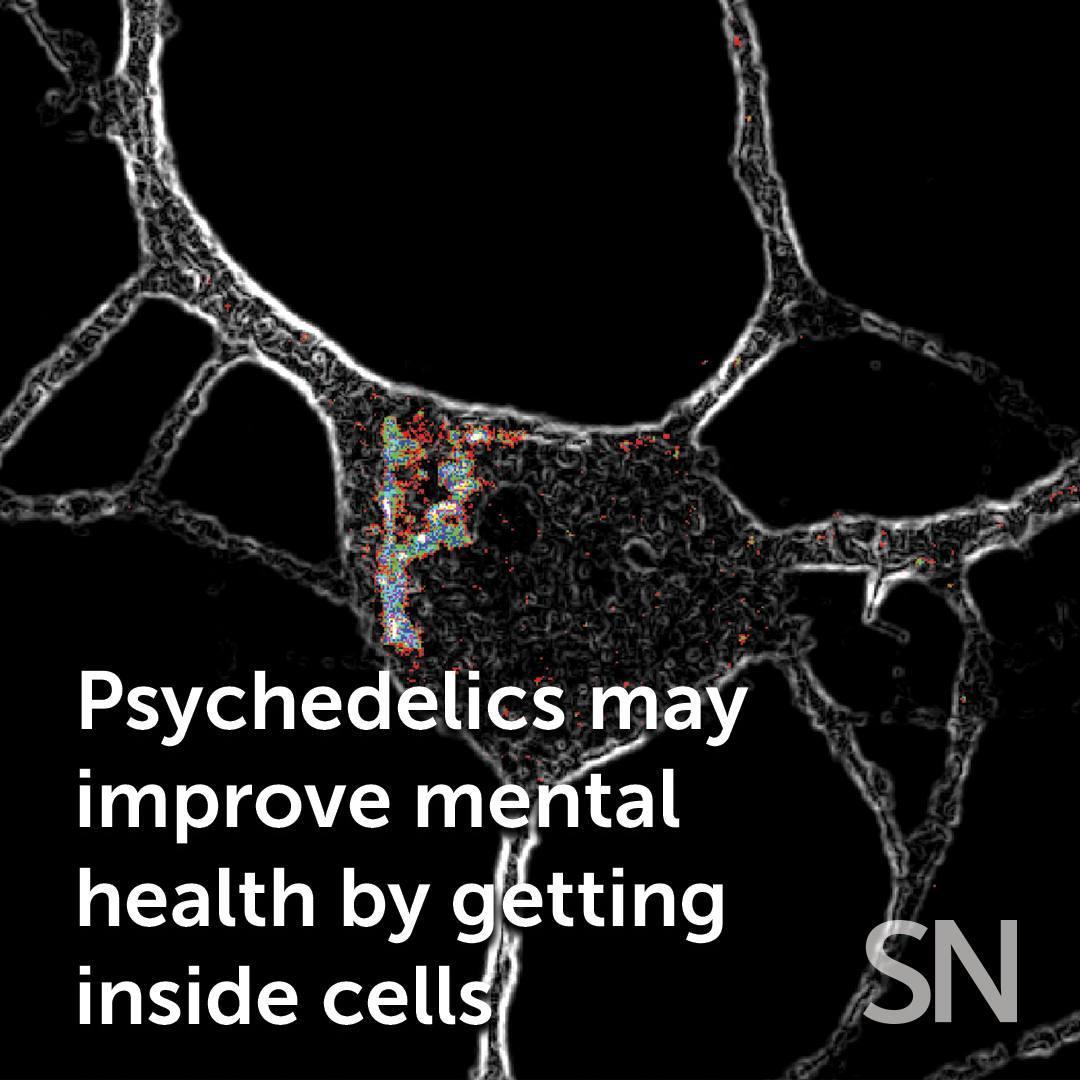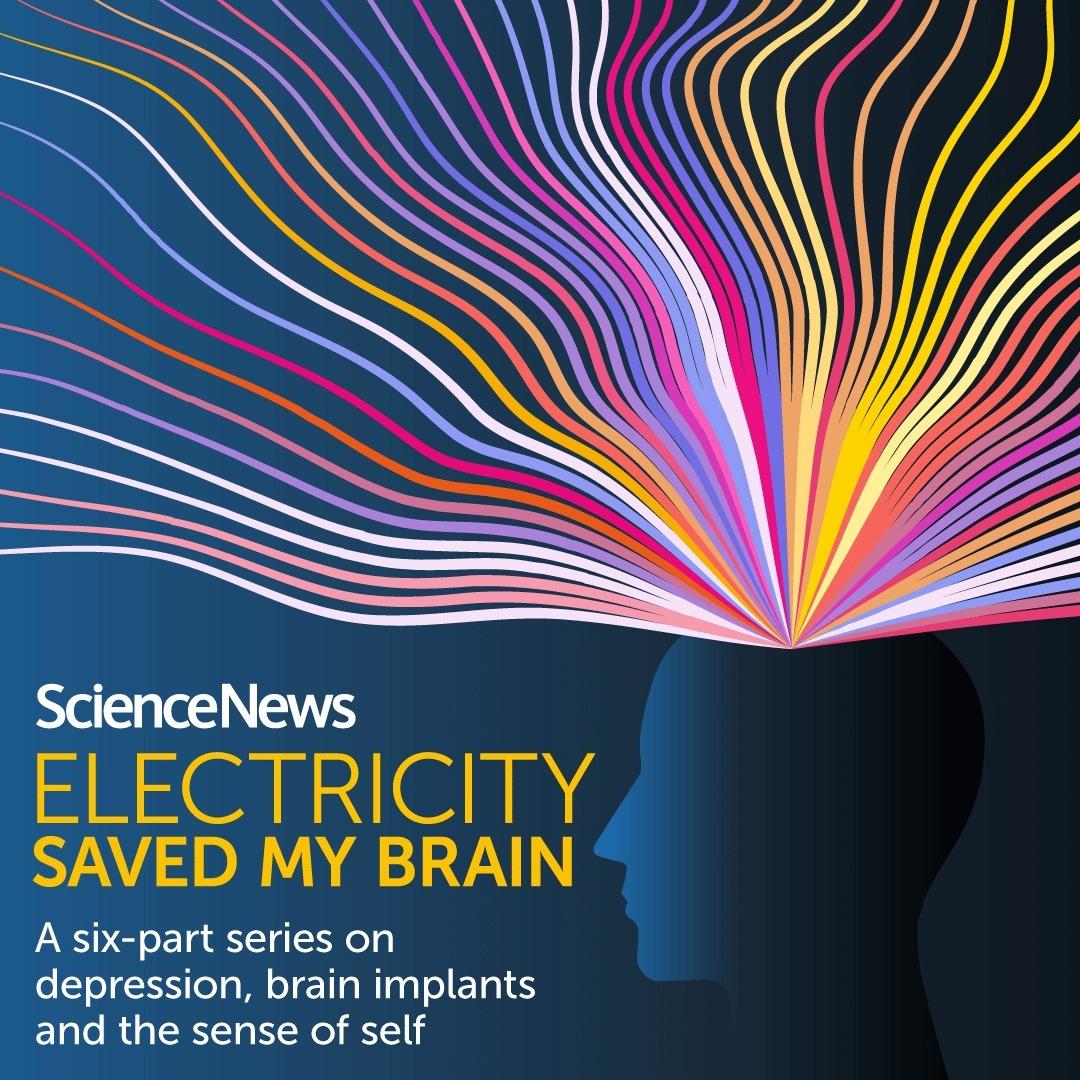The language we learn growing up seems to leave a lasting, biological imprint on our brains. German and Arabic native speakers have different connection strengths in specific parts of the brain’s language circuit, researchers report. The new study, based on nearly 100 brain scans, is one of the first in which scientists have identified these kinds of structural wiring differences in a large group of monolingual adults. Our brains process the key aspects of our native language in a constellation of brian regions connected by white matter. This tissue routes long, cablelike nerve cells from one part of the brain to another and speeds up communication between them. Wiring brain regions together this way is part of how we learn: The more often we use a connection, the more robust it becomes. Swipe left to compare the brain scans of German speakers (left) with Arabic speakers (right). The brains of German native speakers had stronger white matter networks (lines) within the left hemisphere, while the brains of Arabic native speakers had denser networks bridging the two hemispheres. Each sphere represents a different part of the language circuit, with its size showing how central it is.
(, first image: mussbila/iStock/Getty Images Plus
, second image: X. Wei et al/NeuroImage 2023)
#science #language #brain #neuroscience #brainscience #braindevelopment #languagelearning #notanaprilfoolsjoke
(, first image: mussbila/iStock/Getty Images Plus
, second image: X. Wei et al/NeuroImage 2023)
#science #language #brain #neuroscience #brainscience #braindevelopment #languagelearning #notanaprilfoolsjoke
The language we learn growing up seems to leave a lasting, biological imprint on our brains. German and Arabic native speakers have different connection strengths in specific parts of the brain’s language circuit, researchers report. The new study, based on nearly 100 brain scans, is one of the first in which scientists have identified these kinds of structural wiring differences in a large group of monolingual adults. Our brains process the key aspects of our native language in a constellation of brian regions connected by white matter. This tissue routes long, cablelike nerve cells from one part of the brain to another and speeds up communication between them. Wiring brain regions together this way is part of how we learn: The more often we use a connection, the more robust it becomes. Swipe left to compare the brain scans of German speakers (left) with Arabic speakers (right). The brains of German native speakers had stronger white matter networks (lines) within the left hemisphere, while the brains of Arabic native speakers had denser networks bridging the two hemispheres. Each sphere represents a different part of the language circuit, with its size showing how central it is.
(🎨, first image: mussbila/iStock/Getty Images Plus
🎨, second image: X. Wei et al/NeuroImage 2023)
#science #language #brain #neuroscience #brainscience #braindevelopment #languagelearning #notanaprilfoolsjoke
·1545 Views


